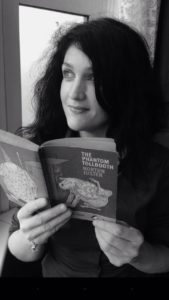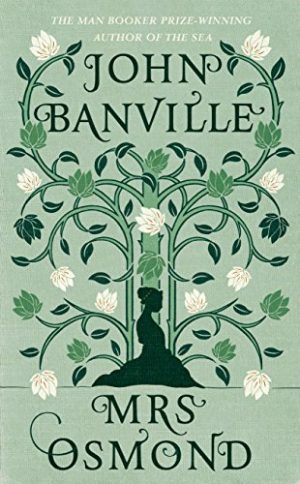Some books just scream out for sequels. None more so than Henry James’s 19th century classic The Portrait of Lady which ends with heroine Isabel Archer facing the choice between going back to her adulterous, deceiving husband or scandalising society by leaving him. Brave is the author who picks up James’s pen and continues his masterpiece, but John Banville does it and, somehow, manages to pull it off.
As the story begins, Isabel, a wealthy American heiress, arrives in London from the country following the funeral of her beloved cousin Ralph Touchett. Isabel, who lives in Rome with her husband Gilbert Osmond, is reeling from the shock of discovering Osmond’s long-term affair with her friend Madame Merle. If that wasn’t enough, it has also become apparent that Madame Merle orchestrated their marriage as a way for Osmond to get his hands on Isabel’s fortune.
Distraught and directionless, Isabel seeks out friends in London. What to do next? Go back to Osmond, keep up appearances and live a lie? Or leave him, scandalise society but reclaim her much loved freedom? And what about Pansy, her beloved stepdaughter, whom Osmond uses as a chess piece in his climb up the social ladder?
Banville continues on James’s themes: freedom vs. duty, life choices, the power and pitfalls of wealth, and, of course, the position of women.
Once, long ago, she had thought, secretly, shamefacedly, that money would be a form of freedom, and the mover of her fate. She had soon come to see that only one part of this notion was the case: her fortune had sealed her fate, but in the process had made her the opposite of free.
Revenge is a dish best served cold, they say, and Isabel finds a way, both to continue her life and avenge the deceit. The main point of Banville’s book, though, it not necessarily the revenge but to dissect the psychological state of Isabel, the calculated manipulations of Osmond and Madame Merle and the mental boxing match between Osmond and Isabel. Under Banville’s magnifying glass we witness it all, in slow motion. If you think that sounds tedious, this book is not for you, but if you, like me, enjoy that kind of thing, this is a captivating read.
You don’t need to have read the ‘original’ to enjoy this book, Banville cleverly weaves the events of The Portrait of a Lady into the first few chapters, but I would be lying if I didn’t say it makes it a bit more fun. What astonished me was Banville’s ability to emulate James’s lyrical language (you get a sense that Banville has really enjoyed this part of writing the book). His long, perfectly formed sentences, his powerful metaphors, and exquisite descriptions of landscapes and interiors, of weather and atmosphere. Not to mention the detailed depiction of the psychological state of the various characters. The Portrait of a Lady really is a literary portrait of Isabel and so Banville continues in what is a worthy sequel to a great American classic.
Mrs Osmond is published by Viking, 376 pages.





